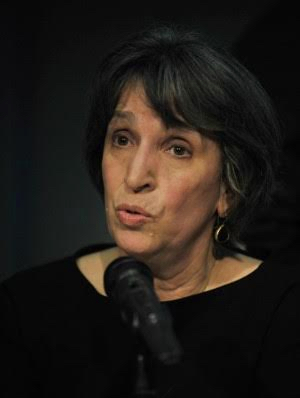‘The New Brooklyn’ looks at the borough’s transformation
Brooklyn BookBeat

“The New Brooklyn: What it Takes to Bring a City Back” by Kay Hymowitz begins with the Dutch colonization of New York and follows waves of immigrants and industries as they reshaped Brooklyn’s history. In a new age of deindustrialization and what Hymowitz terms “creative destruction,” Brooklyn has gone through yet another transformation, one that has brought gentrification and opportunity with mixed reactions. She answered questions about her research and writing by email. Kay will appear at St. Francis College on April 11 at 11:10 a.m. to discuss “The New Brooklyn” with fellow author, Fred Siegel.
Eagle: You’ve lived in Park Slope since the ’80s. When did your idea for this book begin to take shape?

Brooklyn Boro
View MoreNew York City’s most populous borough, Brooklyn, is home to nearly 2.6 million residents. If Brooklyn were an independent city it would be the fourth largest city in the United States. While Brooklyn has become the epitome of ‘cool and hip’ in recent years, for those that were born here, raised families here and improved communities over the years, Brooklyn has never been ‘uncool’.